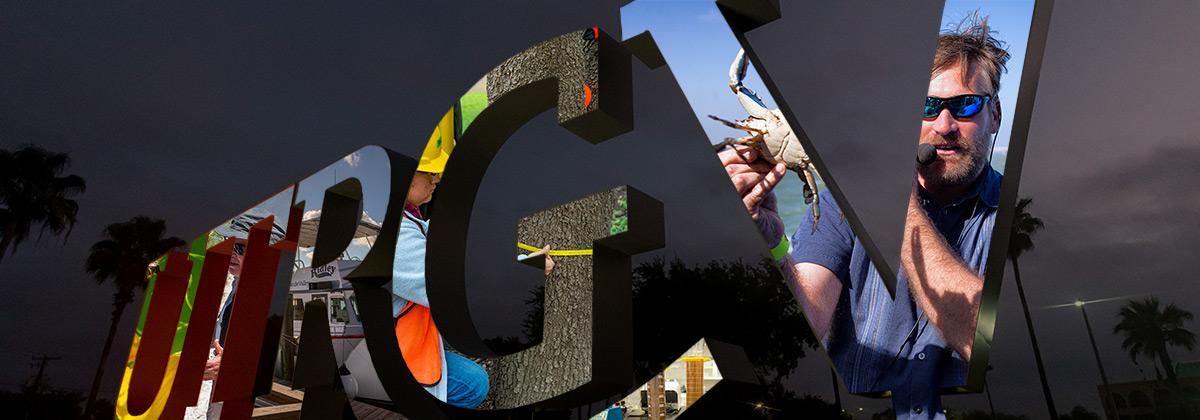
School of Earth, Environmental, and Marine Sciences Faculty Publications and Presentations
Document Type
Article
Publication Date
2012
Abstract
The analysis of predatory drillholes allow paleontologists to reconstruct trophic relationships of ancient systems. To evaluate the potential effects of climate and sea level change on predation frequency by gastropods on bivalves, species of the genus Chione from the Gulf of California were selected because they are a commercially exploited resource - at least locally - and abundant in both modern and Pleistocene (sea level high stand of oxygen substage 5e) samples from rhodolith beds. The present study focused to answer a practical question: would predation on Chione spp. increase under the suggested climate - warming - change scenario? A total of 1,626 clams were examined for predatory drillholes, approximately 10.3% of these were drilled. Examination of the drillholes indicated that naticid gastropods were the main predators (~ 98.2%). Both drilling frequency and percent preyed upon were larger in modern than in fossil clams. The higher values observed in modern samples are likely due to differences in temperature between the two times as shell deposition increases with higher temperatures. The higher temperatures in the Pleistocene likely resulted in increased shell thickness, making drilling by predators more difficult.
Recommended Citation
Carlos E. Cintra-Buenrostro , "Would Predatory Drillhole Frequency on Chione spp. Increase under the Suggested Climate Change Scenario? Comparing Pleistocene and Modern Rhodolith Beds", International Journal of Modern Botany, Vol. 2 No. 4, 2012, pp. 103-107. https://doi.org/10.5923/j.ijmb.20120204.07
Publication Title
International Journal of Modern Botany
DOI
10.5923/j.ijmb.20120204.07


Comments
© 2012 Scientific & Academic Publishing. All Rights Reserved.